Tankless water heaters,on demand water heatersandinstantaneous water heatersare different names for the same thing - domestic hot water systems that do not include the storage tank that comes with traditional water heaters.
This type of water heating system can be advantageous in some climates, provided they use gas-fired as opposed to electrical heating. These heaters may also be known as 'inline water heaters', 'continuous flow heaters', 'instantaneous waters' or 'flash heaters'.
The drawback with traditional domestic hot water systems:
Traditional domestic hot water systems use gas or electricity to heat water that is stored in a central water tank, ready for distribution.
The main drawbacks of traditional systems are the standby and transfer energy losses that result from the intermittent use of the water, the fact that water remains stored along tank walls and in pipes, and the design of the tank heat exchanger.
即使是绝缘良好的水箱和设计良好的供水系统(使通往各种水龙头的管道长度最小化)也不能完全消除这些缺点。
The more efficient storage tank water heaters would include features such as:
- additional tank insulation for better heat retention and reduced loss of heat through the walls of the tank (or “standby loss”);
- improved heat exchangers to transfer more heat from the energy source to the water;
- factory-installed heat traps that allow water to flow into the tank but present unwanted flow of hot water out of the tank.
Some advantages of tankless water heaters:
由于无水箱热水器不包括水箱,所以只有打开水龙头才能加热水。在最基本的形式中,无水箱式热水器由一个电气元件或燃气燃烧器组成,水围绕着它循环到它的使用点。通过减少对环境的热损失(这是传统储罐系统固有的),即热式热水器可以提供节能。
2010年2月,魁北克消费者保护网站Protégez-vous上有一篇关于无水箱热水器的文章。ca, Stéphan Dussault引用了2008年的消费者报告,其中指出,无水箱热水器可以比传统的储罐系统节省约22%的能源。杜索指出,对于一个典型的魁北克家庭来说,这相当于节省了大约70美元,当时这个家庭每年的热水费用约为310美元。
It should be noted that electricity in Quebec is cheaper than in other parts of the country, so savings would vary by region and utility prices.
How tankless water heaters work:
An electrical element or a gas burner turns on or off, depending on whether a sensor detects the movement of water that is triggered by the opening or the closing of a faucet.
Electrically powered systems:
Electrically heated instantaneous water heaters have proven efficient in certain parts of Europe, Asia and the United States. However, the same cannot be said for most of Canada.
The technology is not as suitable for Canada’s colder climate, as the power that is necessary for the instantaneous heating of water (which is close to zero degrees Celsius during the colder months) is too great. In cold climates, it would therefore be preferable to rely on gas-fired instantaneous water heaters.
Furthermore, if your initial budget is limited, you might as well forget about this option all together. The smaller units (costing around $500 and more) will be incapable of adequately supplying more than a single faucet with hot water.
为了满足一个家庭的需求,需要一个非常强大的型号(至少28千瓦),大约需要3000美元,这还不包括通过电力和管道工程产生的额外费用。
更强大的模型甚至可能需要对电力基础设施进行彻底的修改。现代家庭一般配备200安培/ 240伏特的电力服务能力。使用瞬时电热水器,需要增加输入电流至300安普,并更换连接配电板和电热水器的电缆,额外费用约为2000元或以上。
Gas-fired systems:
在加拿大较冷的气候条件下,如果尊重某些使用条件,燃气热水器可能是有益的。燃气型标准机型能效在78% ~ 85%之间,冷凝储气型在91% ~ 96%之间。
Some gas-fired models can operate without any electricity. However, these are generally low-end brands that use air from inside the home (instead of outside air) for combustion.
These models are not recommended because they draw in and evacuate heat from the home and because a defect in the seal of the combustion chamber could – in the event of flow reversal or depressurisation – lead to a risk of carbon monoxide poisoning.
高端型号的燃气瞬时热水器采用密封燃烧系统。一根管道为燃烧器提供来自室外的新鲜空气,另一根管道保证废气的排放。
Models with a pilot ignition system are not the most efficient because of the slight but steady energy consumption that is necessary to keep the pilot flame alight, even outside of periods of hot water usage.
在欧洲,使用燃气瞬间式热水器已经是超过25年的普遍做法,一些用户已经养成了在不需要热水器时关掉先导火焰的习惯。然而,如今制造商提供了带有电子点火系统的加热器,消除了这种不便。
To satisfy the needs of a family home, it would be preferable to choose gas-fired tankless water heaters with an electrical ignition system. For secondary residences, or for homes in remote areas, propane-fired models would probably be a better choice.
Costs and energy savings of gas-fired tankless water heaters:
Québec-based天然气供应商和经销商Gaz Métro估计,购买一台燃气即时热水器的平均额外成本约为525美元。然而,根据加热器的容量,额外的费用可以从600美元到1800美元不等。
From a financial perspective, is a gas-fired model a viable proposition for most users?
Data collected by Gaz Métro in 2009, indicates that the annual consumption of natural gas used to heat water for a family of four in Québec was approximately 600 m3, at a price (at that time) of $340. A study carried out by the Canada Mortgage and Housing Corporation (CMHC) estimated at around 230 m3 the annual water heating savings achieved with a gas-fired instantaneous water heater; at a cost per cubic metre of natural gas at $0.30, this represented annual savings of $69.
根据Gaz Métro的估计,如果一个燃气即时热水器的平均额外支出是525美元,你会在八年内看到你的投资回报。然而,如果考虑到首次安装天然气供应的成本,这个周期实际上可能会增加两倍(接近系统的寿命,大约20年)。虽然这一费用因系统设置和服务供应商的不同而有很大差异,但您应该考虑至少提供1000美元。
To compensate for the additional expenditure of first-time gas supply installation, Gaz Métro gives its clients a refund with the purchase of 44 kW or 51 kW ENERGY STAR gas-fired instantaneous water heaters. The applicable incentive is $250 for a standard model, and $550 for a condensing gas storage model.
In summary –
The advantages of tankless water heaters:
- compact (no need to plan for the space that a tank would occupy);
- little energy loss;
- zero energy consumption when no hot water is being used;
- limited upkeep costs;
- long service life (in excess of 20 years) as compared to traditional water heater systems (10 to 15 years);
- reduction of number of water heaters in landfills;
- no tank bacteria build-up…
The disadvantages:
- high purchase and installation costs (purchase costs of $1000-$1500 or up to around $3000 for an efficient electrical model for a family home, and installation costs of around $1000);
- (with electrical models) high demand on network and possible need to replace existing electrical panels and wiring (additional costs of around $2000);
- limited volume of hot water that is available at one same time from several faucets;
- possible variations in water temperature, if several faucets are on at the same time;
- possible several-second delay between the moment at which the faucet is turned on and the moment at which the water turns hot (leading some users to choose to keep the water running);
- possibility of the water not being very hot when the flow is reduced (e.g., when using only a trickle of water for shaving purposes);
- possible need to modify certain habits (e.g., the habit of using hot water at one same time from several faucets; the habit of adding cold water to hot water when showering or washing up).
在像加拿大这样的炎热气候中,同样值得注意的是,研究中提到的储水罐式热水器的能量损失以热量的形式被添加到你的家里。
For much of the year, this is not actually a loss, as it lessens the demands on other heat distribution systems. This reality should be considered as you are crunching the numbers regarding return on investment.
无论您的考虑因素和预算如何,请务必咨询有资质的专业承包商,以获得对您当前和最终热水需求的评估,以及关于哪种类型的热水器最适合您的特殊情况的指导。
This text was drafted for Ecohome, byJulie Carter, B. Arch. (Hons.), B.C.L., LL.B.
朱莉在澳大利亚昆士兰大学获得设计研究和建筑(荣誉)学士学位,师从史蒂芬·v·绍科莱博士(建筑师、能源和环境顾问、教科书作者),学习环境技术。她希望利用自己在建筑、法律、国际体育和翻译方面的经验,为可持续生活和实践做出贡献。
Read more abouthow to fix a leaking faucet,home water efficiency,low flow showerheads,Greywater heat recoveryandall you need to know about sustainable and high performance home construction in the building guide pagesofEcohome, North America's online source for Green building guidance.
Information for this article was compiled from the following sources:
- “Le chauffe-eau instantané” published by Écohabitation
- “Designs that Work – Cold Climate House Design Recommendations”, by Building Science Corporation
- The web page of Natural Resources Canada onwater heaters


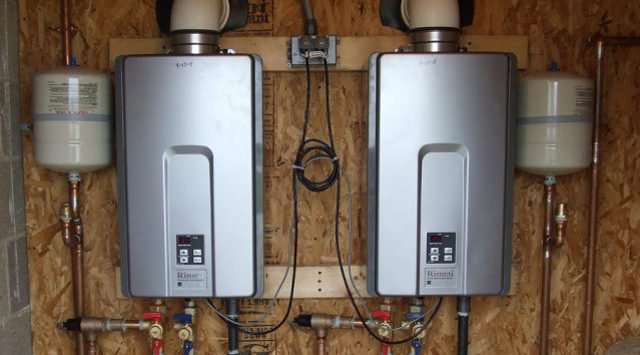















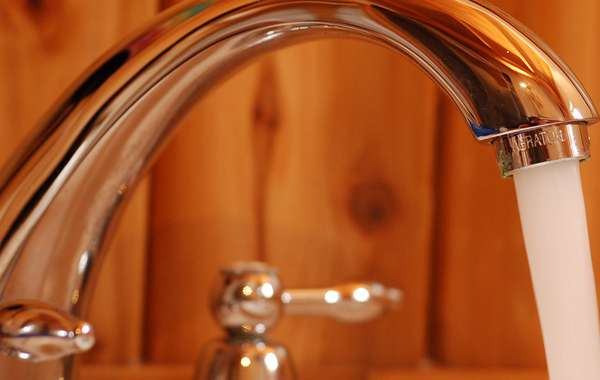
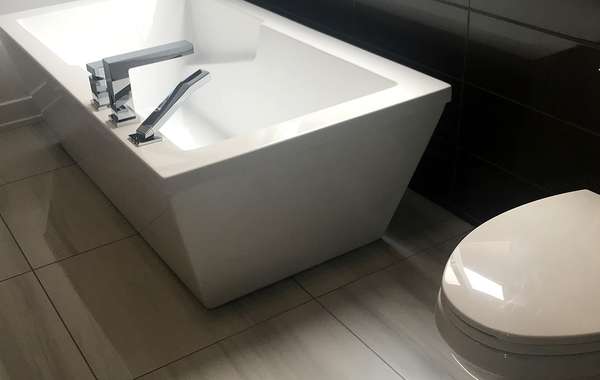
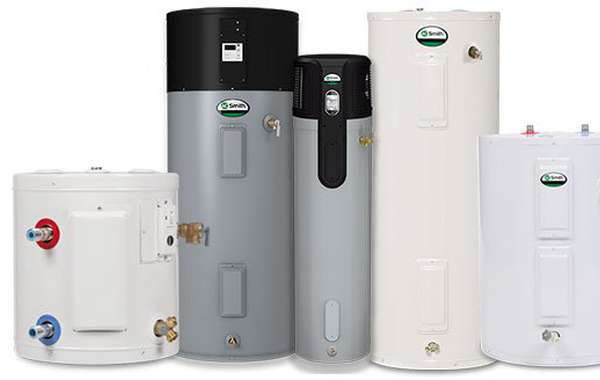
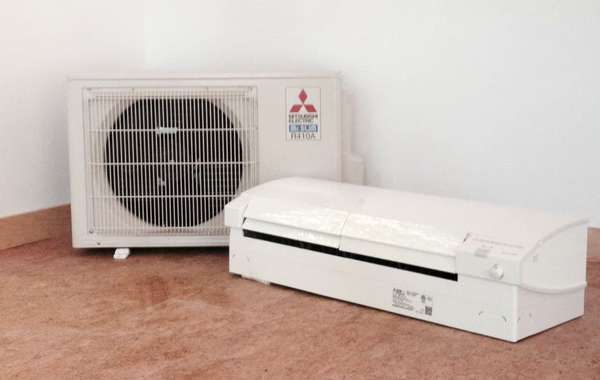
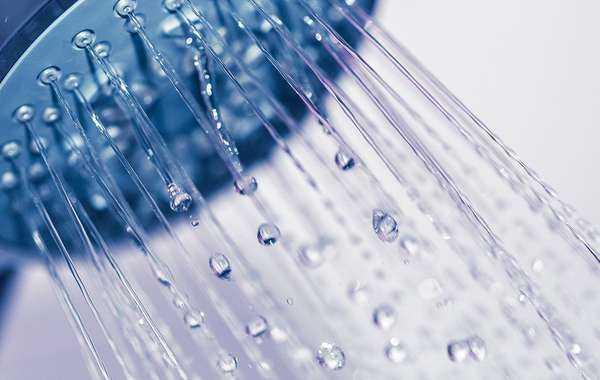
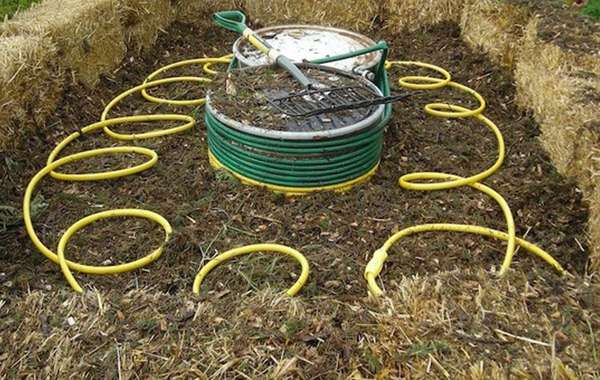
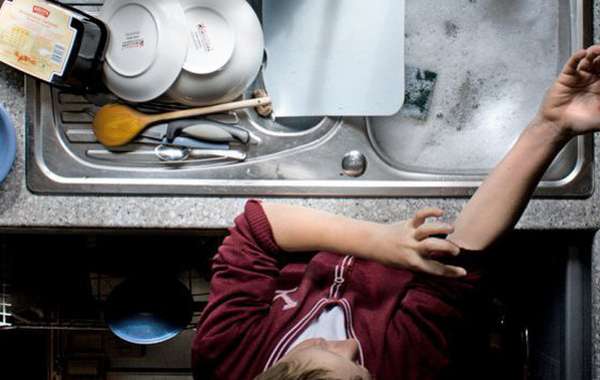
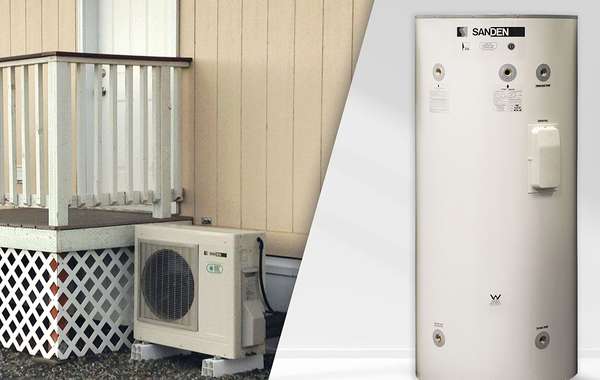
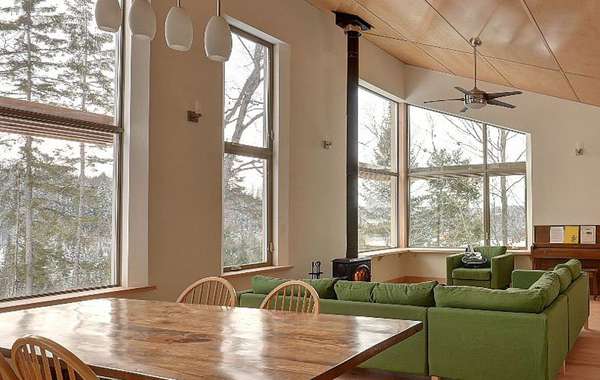
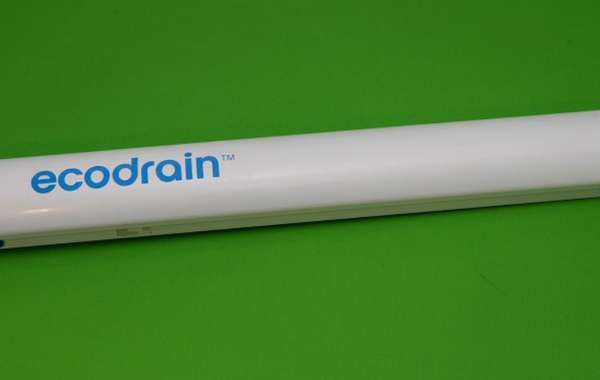
Re. "limited upkeep costs". We are advised to have our tankless gas-fired water heater professionally flushed and serviced annually, which haas a minimum cost of $100 and a day off work. We were advised this is not a DYI service, unlike the flushing of a conventional tank. This negates the cost saving in energy use. Good for the planet, but not for the pocketbook.
Good article, thank you!
Adrian Kaats
M. Eng.
Tankless water heaters are much friendly and comfortable to install as it does not need tank space.
我喜欢我的无水箱取暖器,主要是因为节省了空间。
I recently updated to a tankless water heater and I'm really happy with it. It uses less space and I get hot water without waiting for it.
Thanks for this post, I was about to get one but I realize it won't really serve my needs.
I bought an AO Smith signature premier had it installed and it worked great but lately it'll get hot in a few minutes its COLD n stays cold for close to 10 min then will go cold again, I've cleaned the filters but no luck........anybody?
我一直在维修、安装和重建随需应变的加热器。当我的顾客想要一台时,我会问他们为什么要一台。一些人认为这样可以节省油钱。当然,如果你从来不在家的话。200k btu是大量的燃气燃烧使用。它们的真正好处是没有大浴缸的恢复时间。
I'm surprised that the article never mentioned tank rental costs. THAT would be my sole reason for installing a tankless unit. I pay about $300 per year for a 50 gallon rental. It's a direct vent unit with a pilot light which means the power could go out for days I'd still have hot water. I'm wondering if a tankless unit with a pilot would pay for itself in about 4 years.
还有一种选择是购买一个传统的热水器,而不是租它,这样他们变得更实惠。价格当然各不相同,但你通常可以花600 - 700美元买一个50加仑的热水器,预期使用寿命约为10年(当然也可以更长)。
After 10 years you will have spent $3,000 for your water heater, which is easily 5 times more expensive than owning it, so that isn't really an accurate price comparison.